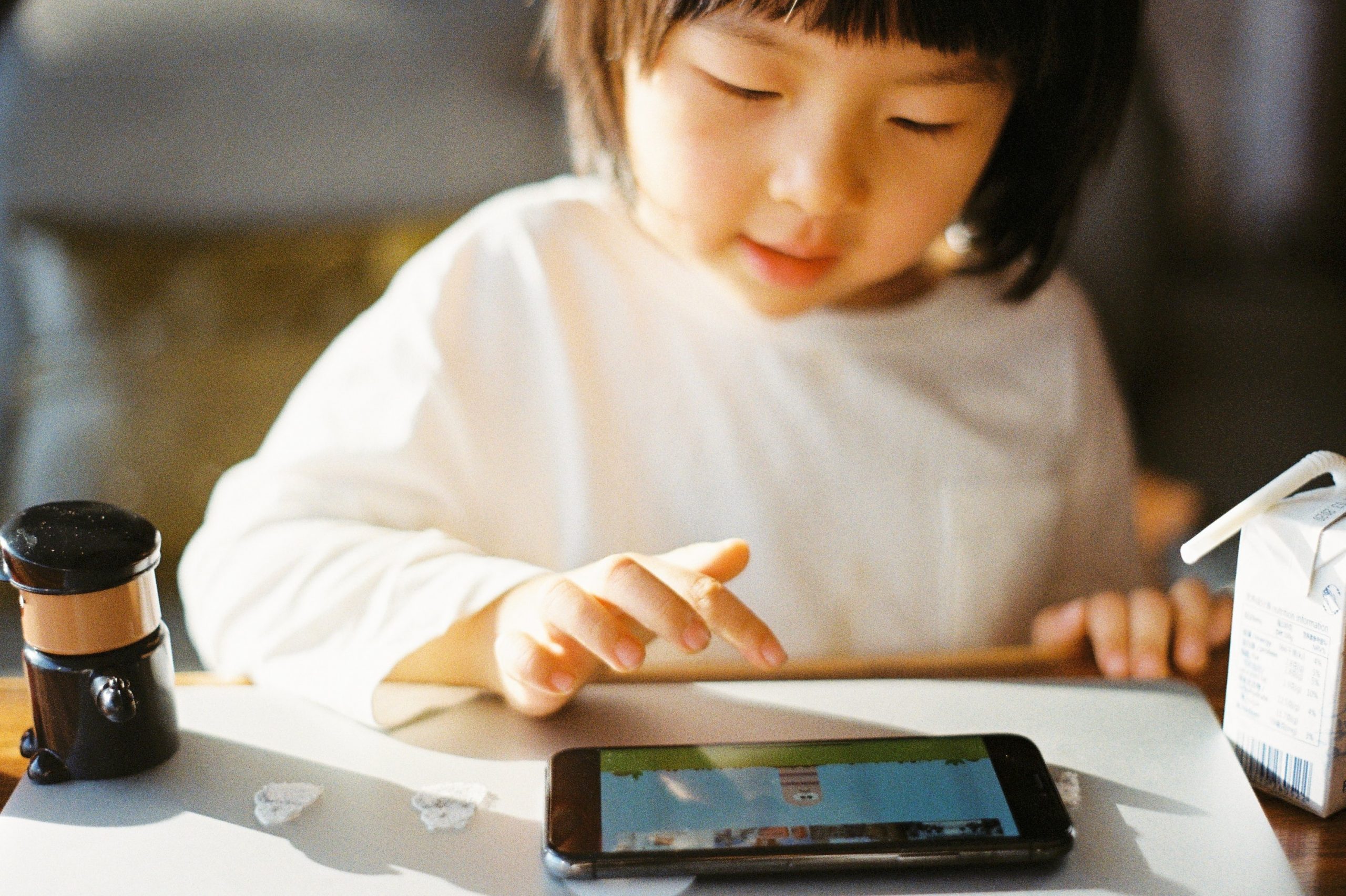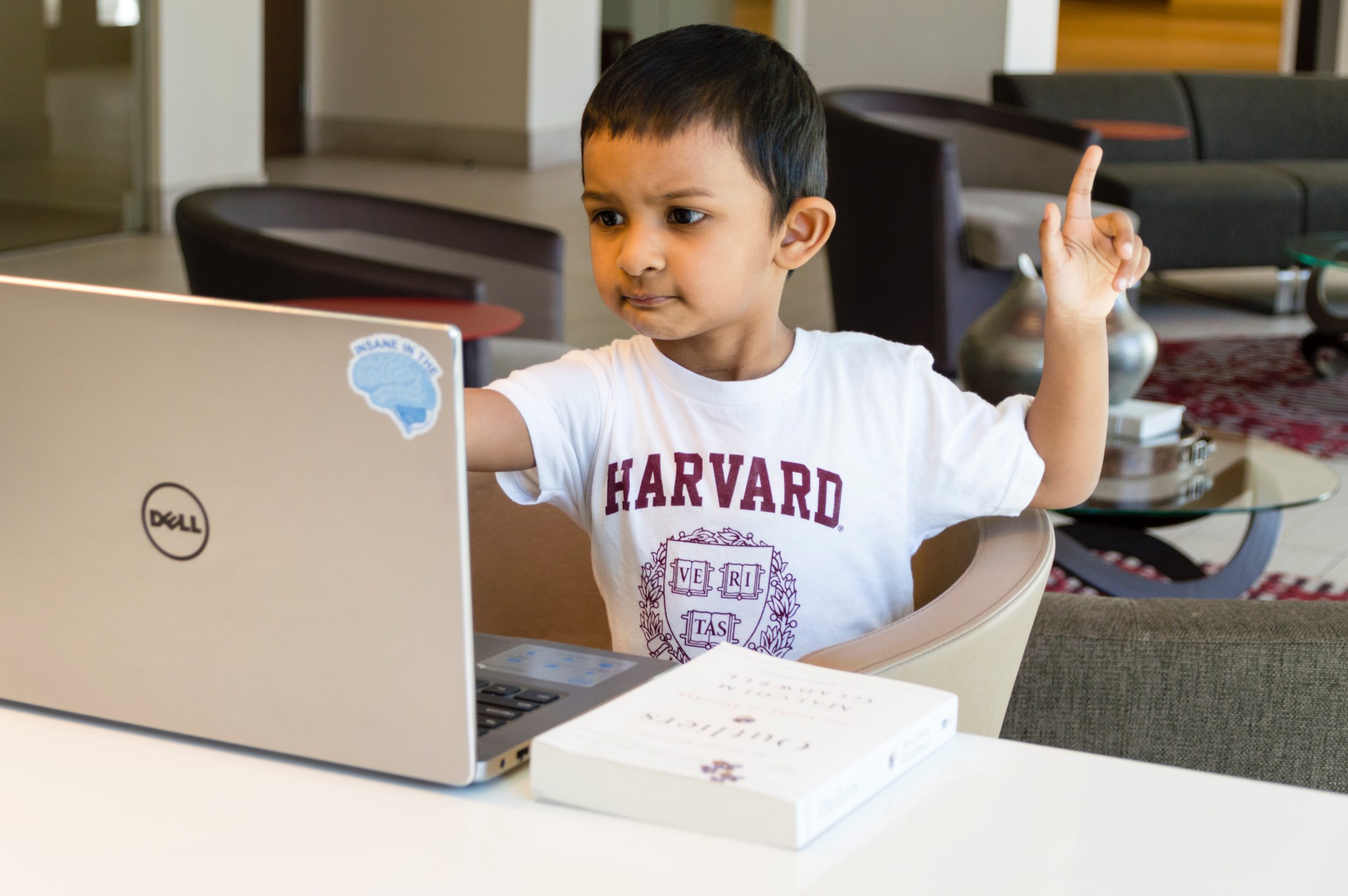As parents, the idea of our children watching pornography—and us needing to discuss it with them—is likely the last thing we want to be thinking about. Unfortunately, the world looks different now than it did when we were growing up. Back then, access to pornography was very different than it is now. It was something you needed to actively seek out, not something that could accidentally appear on one’s iPad with the wrong click of a button.
The idea of a child either unintentionally or deliberately viewing porn seemed extremely remote. While this discussion won’t likely be easy, it doesn’t have to be exceedingly uncomfortable or intolerable either. Let’s talk about how to discuss pornography with your children in a healthy and helpful way.
Are My Kids Really Going to Encounter Pornography?
Before we go any further, you may still be wondering if any of this is actually necessary. You’re sure that there is no way your child will encounter pornography. After all, you watch them like a hawk and you’ve set up parental controls on their digital devices.
The reality is that your child will likely encounter pornography (which may include video or still photos) at some point during their childhood, and this increases as they enter adolescence.
Statistics back up these facts. According to The Academy of American Pediatrics (AAP), “42% of 10 to 17-year-olds have seen pornography online, with 27% saying they intentionally viewed such materials.”
In addition, the AAP explains that “[a]n examination of 15 to 18-year-olds found 54% of boys and 17% of girls admitted to intentional viewing.”
Note that is the number of teens who have admitted to intentionally viewing pornography: the number who have actually viewed it very well may be higher.
As the Journal of Pediatric Healthcare2
points out, child access to pornography can be both accidental and intentional and can escape some of the firewalls parents put in place to block pornography.
For example, your child may encounter pornography when:
- Opening a spam email or text
- Typing in a web address incorrectly
- Doing a web search for a nonsexual term that may actually have a sexual meaning
- Clicking on ads
Your child isn’t always under your watch, either. They may encounter porn while at another’s child’s house. As your child gets older, they may encounter pornography that has been shared from a peer, an older sibling, or via their own searching and interest in sex.
Why the “Porn Talk” Is Important
The explosion of online media consumption as well as online socializing among kids, tweens, and teens is uncharted territory for many of us.
The bottom line is this: We can’t get away from the fact that our children very well might encounter pornography. As such, having a “safe” person who can discuss their feelings, fears, and confusion about it, is vital.
We also need to educate our children about how sex is depicted in pornography so that they can learn to distinguish these images from what real sex may one day be like. We need to educate them on how to have safe and responsible sex.
Finally, our children need to know that they have someone to come to if they see any disturbing depictions of sex in pornography.
Tips For Talking to Your Children About Pornography
Knowing that you will need to talk to your children about pornography can be stressful, so having some “talking points” in mind can really help you! Keep in mind that there is no one “right” way to do this. You know your child best, and the way you approach the subject should be in a way that you both will be comfortable with.
For Children Under 10
For younger children, it will not usually be necessary to have a detailed discussion about pornography specifically (that’s a relief, right?). However, talking about sex in a general sense, and bringing up the idea of pornography as something they may encounter, is something you should do. Still, these discussions do not have to contain intricate details.
Here’s what to emphasize in a discussion about sex and pornography with younger children:
Normalize Healthy Exchanges of Affection
All children can understand the concept that hugging and physical closeness are enjoyable. You can explain that sex—specifically between two consenting adults—simply takes that concept a step further. This will help make the idea of sex less scary or incomprehensible to your child.
Talk About Sex in a Simple and Direct Way
When you talk about sex with your younger child, use the correct terms for body parts (“penis” and “vagina”) and explain in a direct way what sexual intercourse and sexual encounters entail. They will likely have questions, and may express shock or disgust. Help them to understand that their feelings are normal, and answer their questions honestly.
Talk About What They May Encounter Online
For young children, you do not need to discuss pornography in detail. However, your children need to know that adults sometimes share images of sex on the internet and sometimes it accidentally may be seen by children. Many of these images are scary or uncomfortable for kids.
They also need to feel comfortable telling you if any adult or older child intentionally shows them pornography: this, unfortunately, happens sometimes, and your child needs to know that they are safe to share this information with you.
They also need to know that it’s imperative that they share this information with you, and that they won’t get in trouble by doing so.
Share Age-Appropriate Material About Sex
You don’t have to navigate these discussions alone. There are many great books about sex for younger kids: find a book or two that you think your child could relate to and that has a tone that they would find informative and assuring.
For Middle School-Aged Children and Older
The closer your child gets to puberty, the more likely they will encounter pornography, either accidentally, on their own, or because a peer has shared it with them. If you haven’t already had a discussion with pornography with your tween or teen, it’s not too late to start now. Here’s how to navigate this:
Choose a “Low-Stakes” Time
Sitting your tween or teen down for a serious talk after dinner is probably not the best way to begin this discussion. The more “casual” the talk, the better. You might want to try chatting in the car (this also means your child doesn’t need to look you directly in the eyes, which can help minimize embarrassment), during a walk or a hike, or late at night, when teens are most likely to be open to casual conversations.
Set Up a Judgment-Free Zone
Your child needs to know that there is no judgment here. You are not accusing them of looking at pornography, nor are you warning them of future punishment if they are discovered doing so. If you set things up in a punitive or judgmental way, it is very unlikely that your tween or teen will even engage in a discussion with you at all.
Ask Open-Ended Questions
Tweens and teens like to think they “know it all,” and you can allow this, to some extent. Don’t give them a list of information, and don’t necessarily ask them too many probing questions. Let them direct the conversation when possible.
Make It an Ongoing Conversation
As with any conversation about sex, the “pornography conversation” should be an ongoing one. Besides the fact that your child may continue to have questions and experiences with pornography throughout the years, it can be helpful to break the conversation into smaller chunks rather that one heavy conversation.
Talk About Pornography vs. Real Sex
In your discussion with your tween or teen about pornography, it’s important that you help them understand the ways in which pornography differs from real-life sex; otherwise, they may expect their first sexual encounters to resemble pornography, which will be problematic.
Make sure they know that pornography is a fantasy, that bodies are often altered for entertainment, that pornography is staged to look a certain way, and that what they are viewing is not a private encounter but a curated one.
Talk About Consent and Personal Boundaries
Sometimes pornography depicts non-consensual sexual encounters—some of these encounters may include violence or rape.
It’s vital that your child understands that these types of encounters are never okay in real life.
Discuss the fact that consent during sex must be clear and enthusiastic, and that your sex partner’s desires and well being must always be respected.
Normalize Feelings of Sexual Arousal
In your discussion of pornography, it’s important that your child knows that their potentially positive reactions to pornography are normal. It’s common for adolescents to feel sexually aroused when viewing sex or sexual images.
If you shame your children for these feelings, they are less likely to be willing to discuss the other issues surrounding pornography.
Make Sure to Include the “Safe Sex” Talk
Most pornography does not include safer sex precautions such as condoms or other birth control. Make note of this to your child, and use this as a springboard to discuss ways to make sex safe, including methods for preventing sexually transmitted diseases and unwanted pregnancies.


